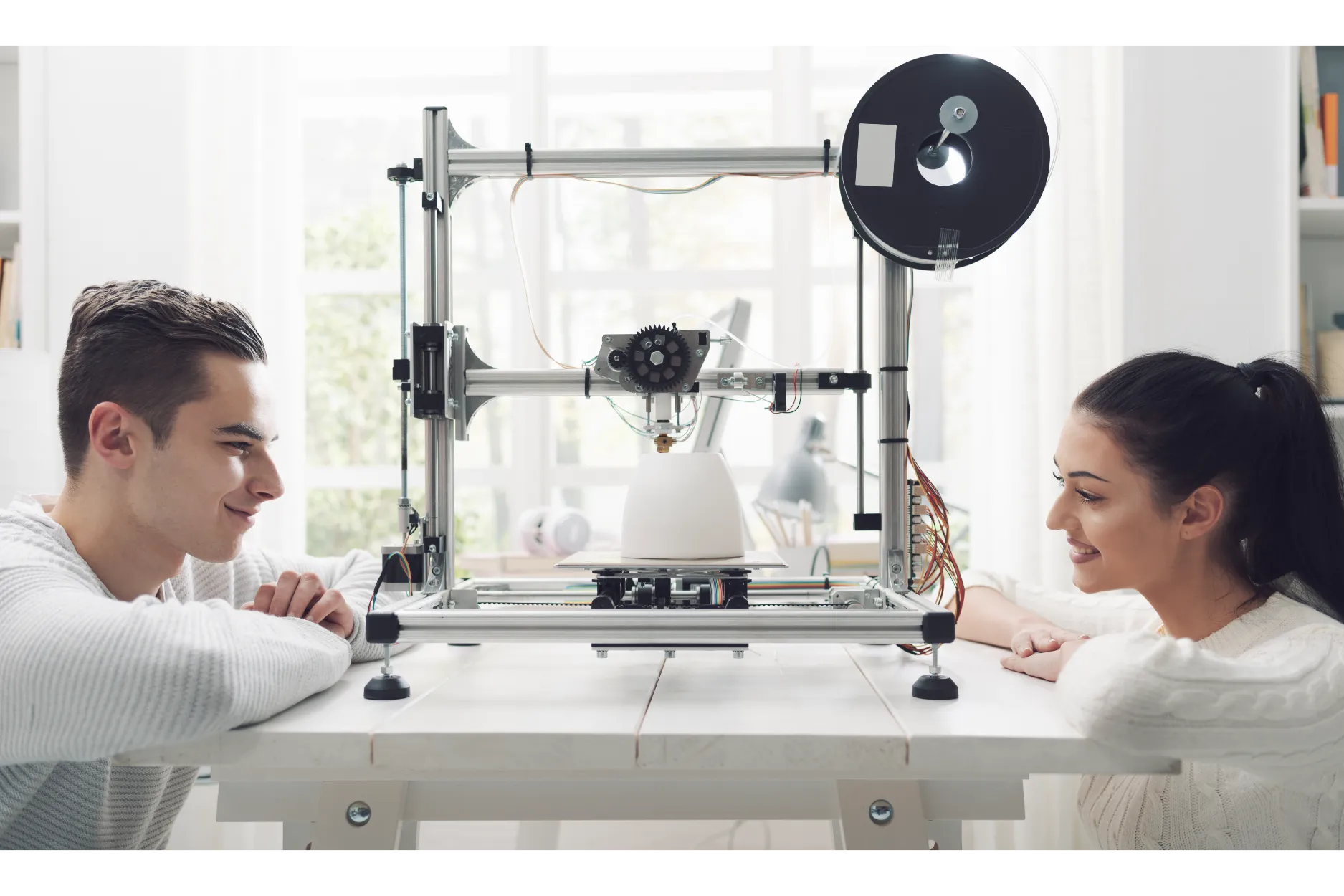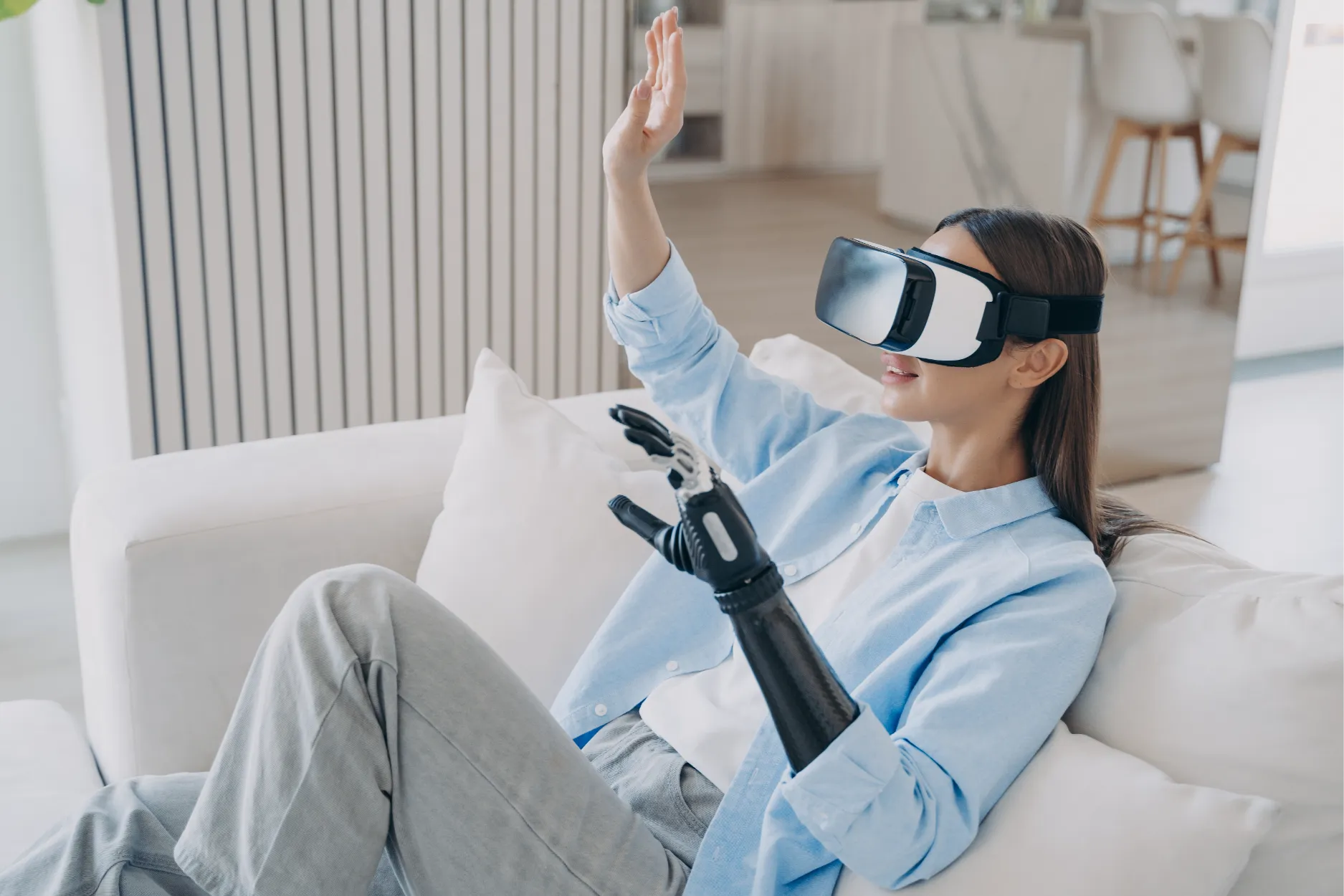
In today's fast-paced digital age, technology continues to reshape various aspects of our lives, and interior design is no exception. The emergence of immersive 3D visualization has revolutionized the way we approach home decor, allowing us to experiment with design in ways that were once unimaginable.
In this blog, we will delve into the fascinating world of virtual home makeovers and explore how technology, specifically 3D visualization, is transforming the interior design business. We'll draw inspiration from various sources and websites that have already touched upon this subject, shedding light on the digital transformation in interior design and the remarkable 3D experience it offers.
The interior design industry has been undergoing a significant digital transformation in recent years. With the advent of advanced software and hardware, designers can now offer their clients a virtual journey through their dream spaces before any physical changes take place. Websites like Houzz, Pinterest, and Wayfair have been at the forefront of this transformation, allowing users to visualize and experiment with interior design ideas in a virtual environment.
One of the key aspects of this digital transformation is the integration of 3D visualization technology. It has empowered interior designers and enthusiasts alike to create detailed and realistic renderings of spaces. These 3D models enable us to visualize different design elements such as furniture, color schemes, and layouts with incredible accuracy. As a result, homeowners and professionals can make informed decisions and experiment with various design concepts without the need for costly and time-consuming physical changes.

Before we dive deeper into the immersive 3D experience, let's take a moment to appreciate the broader role of technology in interior design. From augmented reality (AR) apps that superimpose virtual furniture into real spaces to sophisticated design software like SketchUp and AutoCAD, technology has become an indispensable tool for interior designers.
Websites such as Apartment Therapy and Architectural Digest have extensively covered how technology is reshaping the interior design landscape. These platforms showcase innovative apps and software that simplify the design process, making it more accessible to both professionals and DIY enthusiasts. For instance, AR apps allow users to visualize how a new piece of furniture would fit into their existing space or experiment with different wall colors virtually.
One of the most striking applications of technology in interior design is product visualization. Online marketplaces like Wayfair and IKEA have integrated 3D models of their products into their websites. This allows customers to see how a piece of furniture would look in their homes from various angles before making a purchase. It eliminates the guesswork and enhances the online shopping experience, bridging the gap between the digital and physical worlds.
Moreover, many interior design websites feature interactive tools that enable users to drag and drop furniture and decor items into virtual rooms. This not only helps customers make more informed decisions but also serves as a source of inspiration for those looking to redecorate or remodel their homes.
The interior design business has greatly benefited from 3D visualization technology. Designers can create stunning presentations for clients, providing them with a clear vision of the proposed design. This level of detail and realism was difficult to achieve in the past without physically staging a room.
For example, websites like Houzz have discussed how interior designers leverage 3D visualization to bring their clients' dreams to life. Clients can explore different design options, experiment with various color palettes, and even make adjustments in real time during virtual design consultations. This level of client engagement enhances the overall experience and fosters collaboration between designers and homeowners.

Now, let's take a closer look at the 3D experience itself. Immersive 3D visualization allows users to step into a virtual world where they can interact with their design ideas. This level of immersion not only aids in decision-making but also sparks creativity and inspiration.
Websites like ArchDaily and Dezeen have highlighted cutting-edge projects that utilize virtual reality (VR) to create immersive design experiences. These projects range from virtual showrooms to entire virtual homes that users can explore. Such experiences provide a sense of scale, depth, and presence that static images or traditional design presentations cannot match.
Understanding the immersive 3D experience goes beyond just visualizing a space; it involves engaging multiple senses. Some advanced technologies even allow users to hear the sounds of a room, providing a holistic understanding of the design's ambiance.
Incorporating technology into home decor doesn't stop at design visualization. Smart home devices and automation have become integral to modern interior design. Websites like CNET and The Verge often feature articles on the latest home tech trends, emphasizing how these innovations can enhance both the aesthetic and functionality of living spaces.
From voice-activated lighting systems to thermostats that learn your preferences, technology is seamlessly integrated into our homes, making them more comfortable and efficient. The ability to control lighting, climate, and entertainment systems through smartphones or voice commands not only adds convenience but also allows for greater personalization of living spaces.
Read Also: Beyond Brochures: How Cutting-edge Immersive 3D Experiences Elevate Brand Interactions
In conclusion, the art of virtual home makeovers powered by immersive 3D visualization is reshaping the way we approach interior design. Technology has facilitated a digital transformation in the industry, offering designers and homeowners the tools to experiment, visualize, and create with unprecedented precision. As we've explored through various websites and sources, this digital revolution touches on product visualization, client engagement, and the overall 3D experience.
The integration of technology in interior design extends beyond aesthetics; it also enhances the functionality and comfort of our homes. As technology continues to advance, we can expect even more exciting developments in the field of interior design, offering endless possibilities for creating the perfect living spaces that reflect our unique styles and preferences. Embracing these innovations, both as professionals and enthusiasts, allows us to unlock the full potential of the art of virtual home makeovers.
FAQs
Yes, immersive 3D visualization tools are becoming more accessible to DIY home decorators. Many user-friendly apps and online platforms offer virtual room design experiences, allowing anyone to experiment with decor ideas, furniture placement, and color schemes without the need for professional design expertise.
Immersive 3D visualization benefits interior designers by enhancing client engagement and communication. Designers can create lifelike presentations, enabling clients to explore and understand design concepts more easily. It also streamlines the decision-making process and fosters collaboration.
Immersive 3D visualization in home makeovers is a cutting-edge technology that allows you to create detailed, realistic 3D models of your living spaces. It enables you to experiment with different design elements, such as furniture, colors, and layouts, in a virtual environment before making any physical changes.